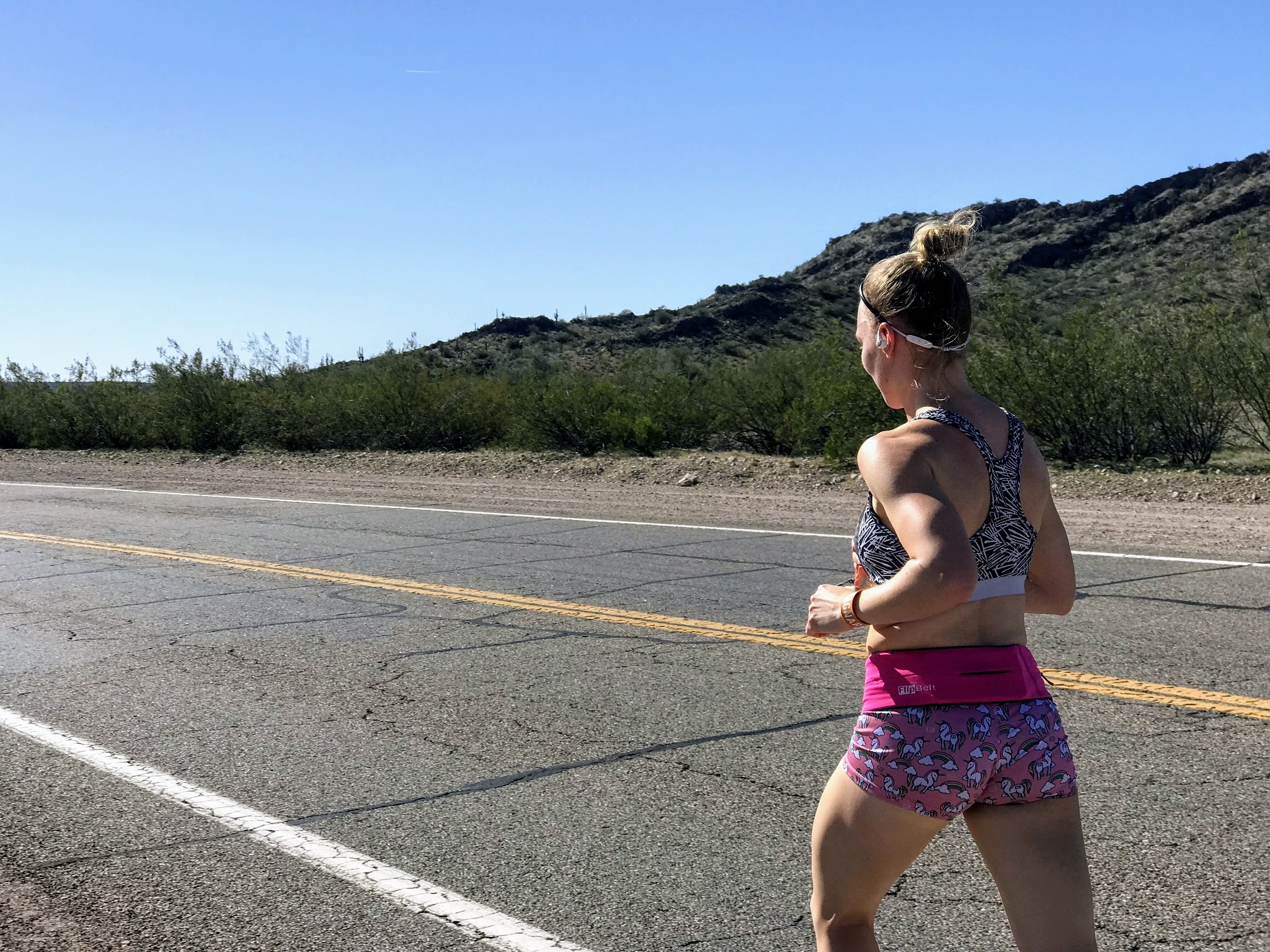As fall races begin to wrap up, you might be seeing a lot of running coaches talking about base building. But if you’re a new runner or even if you’ve been running for a few years, you may not know what this means. I know I was running for years before I learned.
So let’s dissect this and then talk about why coaches are talking about this post-fall race season.
What is an Aerobic Base?
Our aerobic base is essentially our ability as athletes to intake oxygen. Base building serves many purposes, among them, increasing the amount of oxygen our bodies can take in and process at a time.
We have two different energy systems – aerobic and anaerobic. As endurance athletes, we are primarily using our aerobic system. So it stands to reason that we need to develop that aerobic system to its full capacity. Base building will help us do just that.
Aerobic base building will help is increase our aerobic capacity, improve our musculoskeletal durability, improve our bodies’ ability to burn fat and spare glycogen (carbohydrates), develop our slow-twitch muscle fibers as well as increase endurance of our fast-twitch muscle fibers, and train our minds to not tire as easily.
Are you starting to see why this is so important?
As an endurance athlete, we are primarily using our slow-twitch muscle fibers. Base building will train these muscle fibers since we are running long and slow. However, it can also train our fast-twitch muscle fibers because once our slow-twitch fibers burn out, our fast-twitch muscle fibers will take over. Two birds with one stone.
It’s also important to train our bodies to burn fat and spare our glycogen stores. Ever heard of marathoners hitting the wall? Or maybe you yourself have hit the wall before. This happens where your glycogen stores go to empty. It’s literally like your car running out of gas. Dead on the side of the road. If we train our bodies to burn fat and spare our glycogen stores, we can run farther before hitting the wall. (We also need to make sure we are properly fueling, but that’s a topic for another day.) Running at a slow pace while keeping our heart rate low will train our bodies to burn more fat.
And this is great mental training. A LOT of distance running comes down to mental strength. You have to be able to push through the suck. Running isn’t always fun. Especially when you’re first starting out. But progressing through a proper base building phase will help you become both physically and mentally strong.

How to Build an Aerobic Base
Now that I’ve sold you on the why, let’s talk about the how.
Slow down
Base building is all about running slow. There is a time and place for speedwork. Base building is not the place. We want to keep the heart rate low. Remember, we’re trying to train the body to burn fat so we have to keep things slow and easy or it will automatically switch over to glycogen since that’s easier to convert into energy.
You want to keep your heart rate in Zone 2 when base building. This may mean you need to take walk breaks at first. This is perfectly okay! Training ourselves to slow down is HARD. It takes time to get used to running slower and it takes time for our bodies to adapt.
Not sure what your heart rate zones are? Schedule your free consultation here to help you get them set-up!
As with any training plan, you want to build slowly. You don’t want to go from zero to running 6 days a week for an hour each run. That’s a recipe for injury no matter how slow you’re running. Start small and build smartly. The general rule of thumb is no more than a 10% increase in weekly volume each week. Learn more about how to safely progress a training plan here!
You’ll want to do this phase of training for 4-8 weeks depending on where you are at as a runner. If you’re an advanced runner who just finished a training cycle and big race, took some time off to recover and are ready to jump back in, 4 weeks is probably sufficient. If you’re a brand new runner, 8 weeks is going to be the key length for you.
Which brings me to why this is currently being talked about.
When to do a base-building phase
If you’re brand new to running, you definitely want to start with a base-building phase. Not only because you need to develop that aerobic base, but also because running is hard on the musculoskeletal system. It needs time to adapt and the biggest mistake runners make is going out too fast and putting in too much volume way too soon. Base-building is a fantastic way to increase your aerobic capacity, while safely loading the musculoskeletal system to allow it to adapt.
Remember that the cardiovascular system will adapt faster than the musculoskeletal system. So just because your lungs feel ready to add a whole bunch of volume doesn’t mean that the rest of your body is. I know all you new runners are excited, but trust me, rein it in now and you’ll be thankful down the line.
For my more seasoned runners, you’ll probably do a base-building phase a few times a year. Mainly after a tough training cycle and race. Let’s say you were training all summer for a fall marathon. You run the marathon and smash your goals. Congrats! Then you take the recommended 4 weeks off of running to allow your body to fully recover. What’s next? You’re not ready to begin your spring race training cycle yet. Base-building. Slowly building back your base after the time off and then focusing on increasing that aerobic capacity before your next training cycle starts. This is also the perfect time to place a bigger focus on strength training with lower overall running volume.
Want some more in-depth information on aerobic-base building? Check out this article!
Remember: this post is for informational purposes only and may not be the best fit for you and your personal situation. It shall not be construed as medical advice. The information and education provided here is not intended or implied to supplement or replace professional medical treatment, advice, and/or diagnosis. Always check with your own physician or medical professional before trying or implementing any information read here.
Ready to get started with base-building?
Check out my free base-building plans for beginner and intermediate runners!

0 Comments